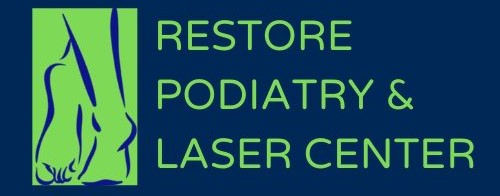It’s time for the best true custom-fit orthotics. If you are looking for a better orthotic that offers proper support and is truly adapted to your foot then you need the best technology.
We take the time to perform a full biomechanical analysis. We then use the latest foot scanning technology to capture the highest quality scan possible.
First, we measure your foot by using a precise 3D scan which allows us to build correction into the printed base of the insole itself and apply different levels of stiffness where necessary.
Then we do complete dynamic gait analysis which will allow us to capture exact build time data as you walk and move and use it to make 3D printed devices.
These devices will be created to match the geometry of each foot and are calibrated to each foot’s dynamic pressure pattern with five different independent support zones that will adapt and respond to the way you move with each step with 3D visualization.
We will be able to create the perfect stiffness, flexibility, and dynamic control compared to traditional orthotics.
















